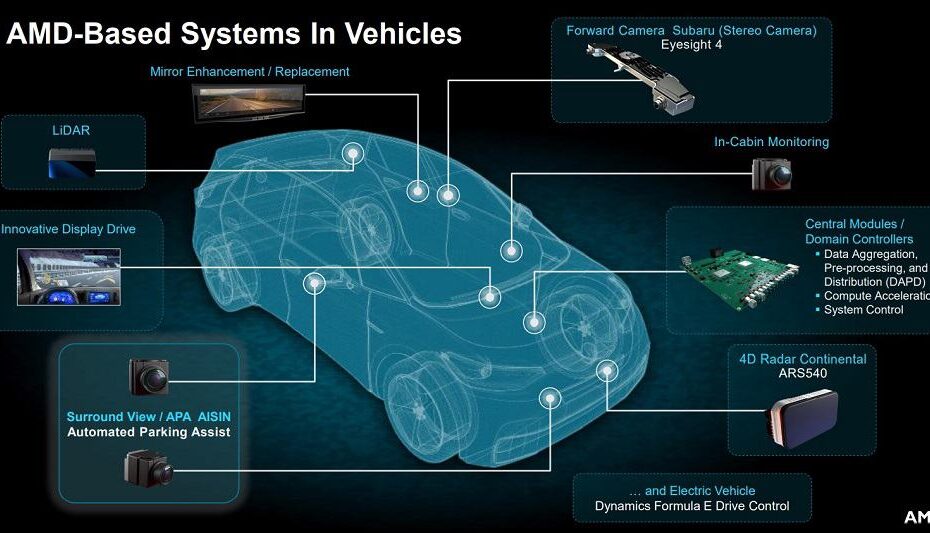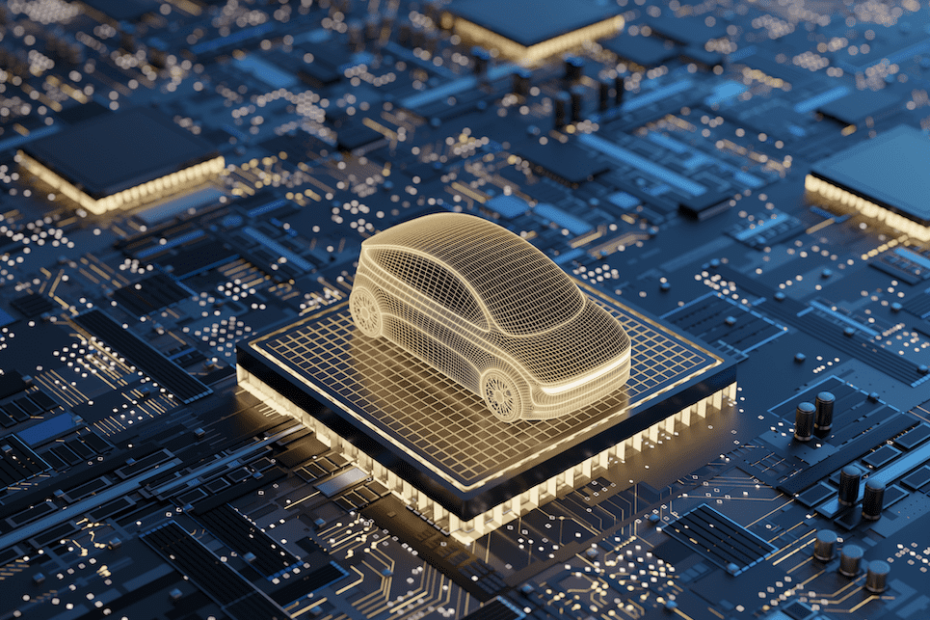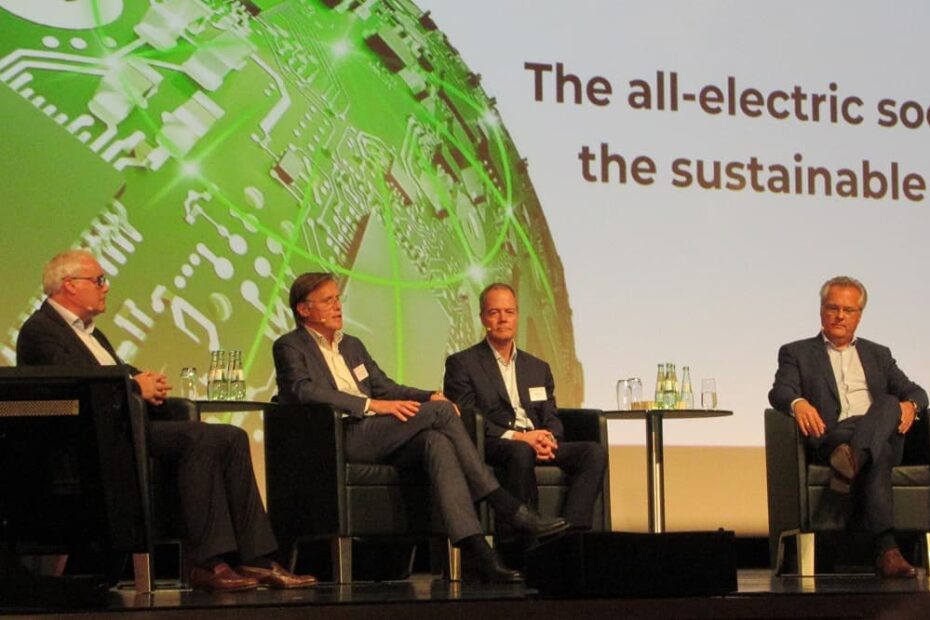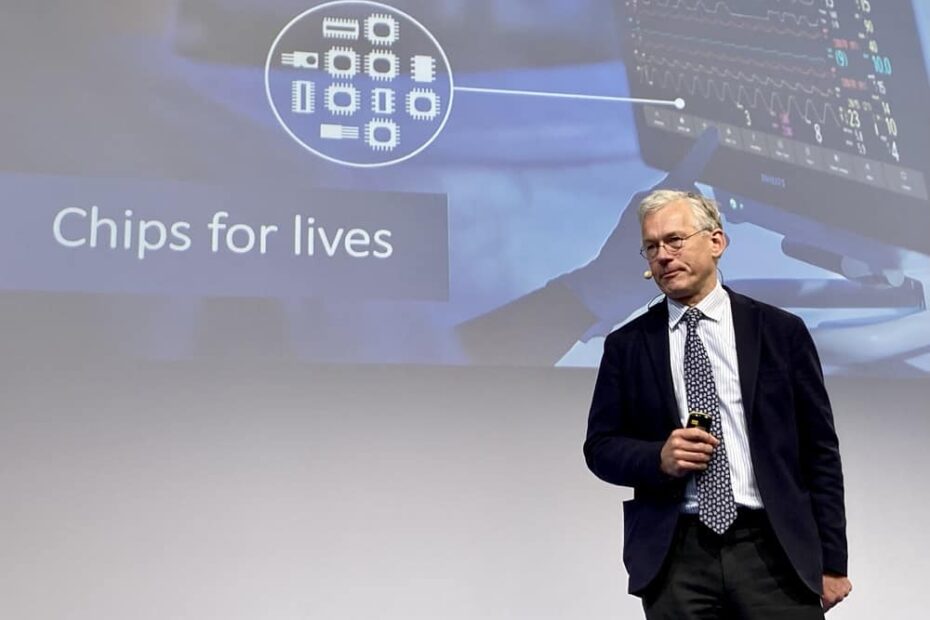China’s Zero-Covid Conundrum
What’s at stake:
Xi Jinping’s zero-Covid edict painted his country into a corner, and it’s unclear how China can extract itself from Xi’s disastrous public-health policy. The rest of the world braces for the economic consequences of Beijing’s next move.
How Beijing’s zero-Covid stance mutates into a sustainable public-health policy is the key question for the Chinese people and Western companies seeking to maintain their links to China’s supply chains and contract manufacturers.
Read More »China’s Zero-Covid Conundrum








